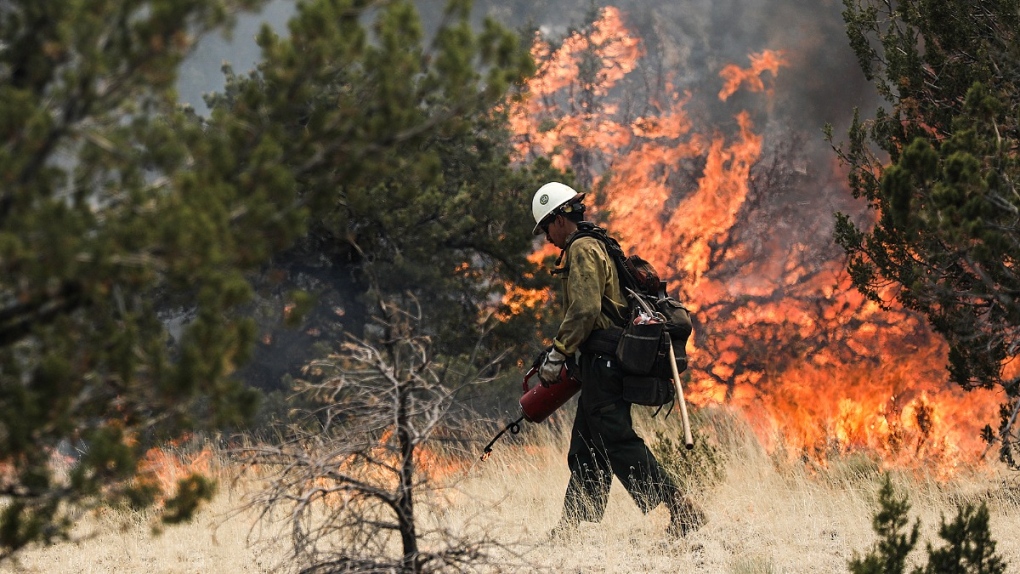Climate Change affecting flora and fauna of Himalayas

One does not need any proof of the devastating impact of climate change in our day to day life. There are extreme heat waves and unprecedented downpours. Both are breaking records.
But this catastrophe is not only affecting humans but also the flora and fauna of the Himalayas which are crucial to millions of people and the vast nature. A study by Dehradun- based Wildlife Institute of India (WII) has revealed that the upper reaches of the Himalayas are warming; something that is placing local flora and fauna at tremendous risk. The study has found that there has been a rise of at least 0.5 degrees Celsius in the temperature of the area, accompanied by an almost 10 per cent variation in humidity levels.
According to WII scientist S Sathyakumar who led the study, the temperature variation is affecting plants and consequently, animals, in the region. “Flowering patterns and budding of leaves are now happening in May instead of June. Rains are happening in late September which is unusual since this is the autumn season. In response to the changed temperatures in alpine meadows which are the grazing and hunting sites for the species inhabiting the region, premature budding and flowering are happening in plants.
In nutshell , flowering and fruiting in parts of the Himalayas is happening three to four months earlier than the normal season which no music to ears neither to the producers nor to the consumers. Field survey, studied four common plants —rhododendron, kafal, Himalayan raspberry (hisalu) and Himalayan cherry (bhenkal) — and found that while the fruiting and flowering in these species happens in late spring or even summers, it was taking place in late January instead.
The unseasonal flowering and fruiting might affect both the quality and quantity. Surveys had been observing changes in the phenological cycles of these plants over the but this time it is more visible and prominent, Mr Sanjiv Chaturvedi, chief conservator of forests (research), said.
A change in flowering and fruiting in Himalayas is leading to changes in the mountain’s fauna too. There is a change in the activities of insects. In response, birds have changed their eating patterns. Mammals affected because of this change include the Snow leopard, Musk deer, and Kashmir stag and Himalayan mouse hare.
Researchers have identified that the Himalayan mouse hare, a kind of rodent unique to the alpine area, is unable to adapt to the new environment. During snowbound months, it goes inside its burrows under partial hibernation. But now, due to a shift in flowering patterns, their food availability is getting affected which may pose a threat to their survival, one scientist said. Birds being monitored by the WII include Himalayan snow cock and snow partridge. Among fish, species like Golden mahseer, Snow trout and Gangetic mystus are being monitored. Changes have been observed in most of such species.

Meanwhile, in another interesting development some animals are “shape-shifting” and have developed bigger tails, beaks and ears to regulate their body temperatures as the planet warms, according to a new study. From Australian parrots to European rabbits, researchers found evidence that a host of warm-blooded animals have evolved bigger body parts, which could allow them to lose body heat more effectively. Climate change is heaping “a whole lot of pressure” on animals, said Ms Sara Ryding of Deakin University in Australia, who led the study. “It’s high time we recognize that animals also have to adapt to these changes, but this is occurring over a far shorter timescale than would have occurred through most of evolutionary time,” she added. But at the same time “Shape-shifting does not mean that animals are coping with climate change and that all is ‘fine’,” said Ms Ryding. “It just means they are evolving to survive it – but we’re not sure what the other ecological consequences of these changes are, or indeed that all species are capable of changing and surviving.”
In another study a first-of-its- kind done by WII scientists, two tadpole species in the IUCN red list — ‘Nanorana Minica’ and ‘Nanorana Vicina’ — were found exhibiting strange behavioral and morphological changes due to “increased human intervention in their habitats”. The tadpoles are endemic to the Himalayas and survive harsh winters of sub-zero temperatures even at 9,000 ft and above. They metamorphose into froglets after at least a year, when food is available and the temperature is suitable, in a process called “overwintering”.
In yet another study it was found that birds are sleeping more and laying eggs early possibly due to climate change. Using a modern and a Victorian- era collection of egg samples, researchers found that several bird species nest and lay eggs almost a full month earlier now than they did a century ago, according to a study published Friday in the Journal of Animal Ecology. Of the 72 species documented in their data, a third has been nesting earlier and earlier, the team found. Birds that changed their nesting habits laid eggs around 25 days prematurely, on average. Scientists looked at rising temperatures to explain the shift in behavior.
Most of the birds in the data eat insects, and those insects eat plants, so the whole ecosystem is connected, said John Bates, curator of birds at the Field Museum and the study’s lead author. And the results of this study are consistent with the patterns in insect and plant communities. “These stresses haven’t necessarily doomed anything to extinction, but they’re definitely changing the conditions that all of these organisms are dealing with,” said Bates. Another study found migratory birds appear to be shrinking in response to climate change. And a follow-up showed that birds that have bigger brains, relative to their body size, are not shrinking as much as their smaller-brained counterparts.
Source: Himalayan News Chronicle















टिप्पणीहरू